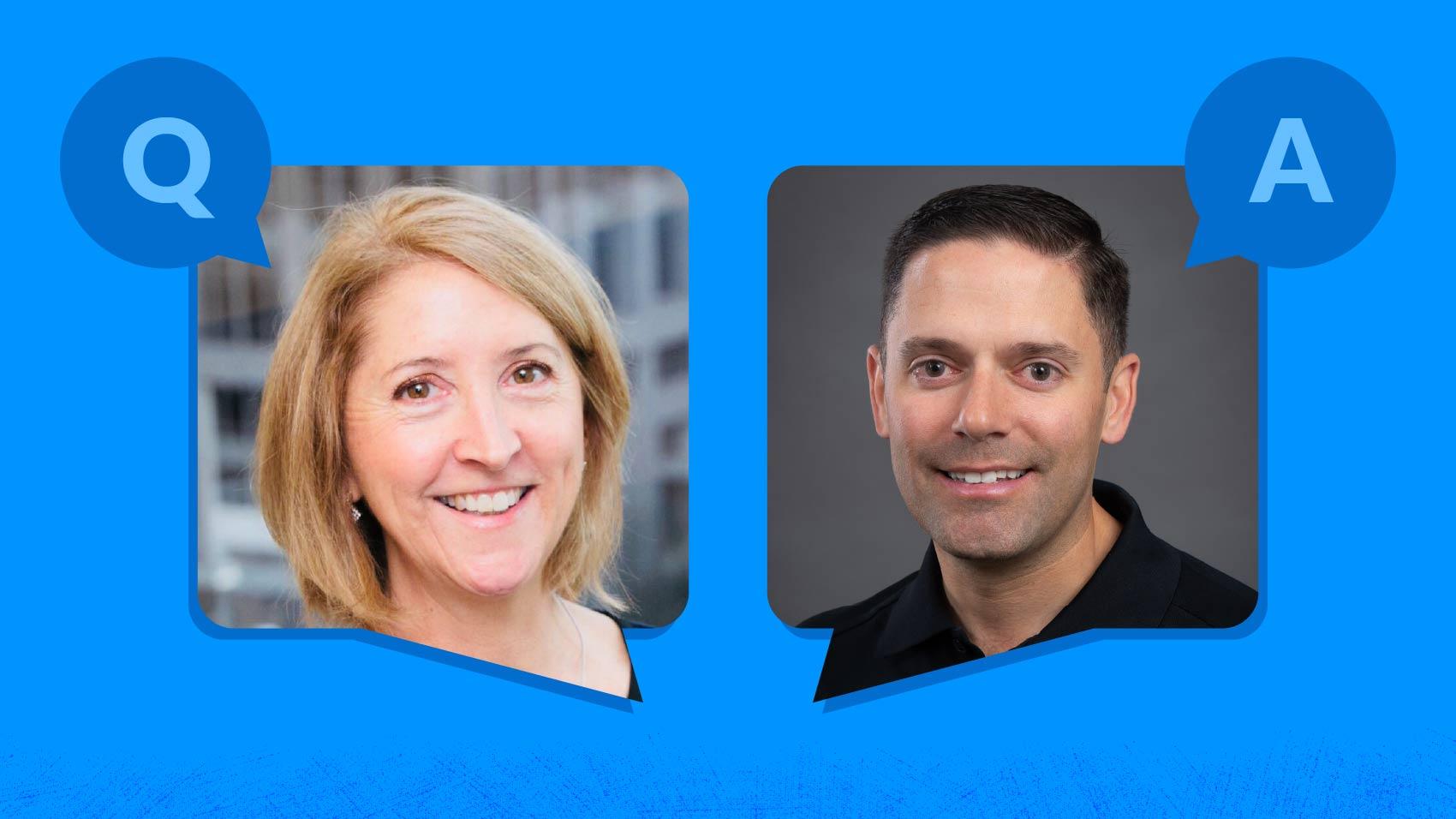3 Tips for Mitigating Disclosure Risk: Q&A with Steve Soter

This article originally appeared on the Sentieo blog.
Workiva, the largest third-party filer with the SEC (an estimated 78% of all iXBRLTM facts filed in 2019 were done through the Workiva platform!), is always looking for ways to provide customers with the best technology solutions that reduce risk, increase transparency, and create efficiencies. Last fall, Workiva entered into a partnership with Sentieo to give SEC filing customers a powerful research tool at their fingertips, which is essential as pressure grows from investors and regulators to report transparent and accurate data.
I recently had a chance to spend some time with Steve Soter of Workiva. Steve works with the Workiva product marketing team, previously served as the global controller of an e-commerce company as well as a director of SEC reporting, and has some interesting insights on how the Sentieo platform can help SEC reporting teams:
- Be consistent with peers
- See rules in practice
- Increase collaboration around the story
Here’s what Steve had to say about each of these use cases.
Annie: When changes occurred in your market, how did you find peer insights or trends to ensure you stayed consistent with the pack?
Steve: During my time in SEC reporting at an e-commerce company, we saw a significant impact when Google would make a change to their search algorithm. If our performance was impacted by the change (either for good or bad), we certainly wanted to call it out. But before we talked about that publicly, I really wanted to know how, and if, our peers were talking about it.
You would think that lots of companies would be impacted by a Google algorithm change, but since our efforts to research our peers were all manual, it was surprisingly difficult to do that research. I had the same issue when we started adding bitcoin disclosures. It was nearly impossible to find anything.
It would have been great to have tools that would have done this. As it happens, we found out a lot of people copied those early disclosures of ours!
Annie: How can teams avoid SEC comment letters? What is often missed that could have been avoided with better tools?
Steve: First, and as we just discussed, you might not want to be an outlier relative to your peer group when it comes to your disclosures. What I mean by that is that if you have four peers, and they are all disclosing things one way, and you decide to go a different way, it’s almost certain that the SEC will know you’re an outlier. I think it’s safe to say that the SEC has research tools of their own (maybe they use Sentieo?!?), and they can quickly determine if your disclosures and reporting are different from your peer group.
So, be sure you're keeping up or that you're clear about why those differences in reporting are important.
I'd say the second thing is to be sure you’re complying with the disclosure requirements (obviously), but especially that you’re watching how they evolve in practice over time. For example, the way we first started disclosing revenue under the new standard hasn't necessarily changed by the rules, but it has certainly evolved in practice. Keeping up with those changes is important.
Whether you use your SEC filings as a means to actively communicate to your stakeholders or whether you treat it as a compliance exercise, you need to be aware of what's being said by your peers.
Annie: What are some of the challenges you had when trying to share and collaborate around your research across departments?
Steve: Unless you're a department of one person, it's easy to see the benefits of collaboration. The problem is that the old-school way of SEC research through EDGAR® likely involved copy/paste into a standalone document that would be shared by email.
I can think of multiple examples where our team was researching our peers' disclosures, which was difficult enough as it was, but then we would have to manually combine all of our findings and comments into separate desktop documents. And, that was just within our team. Once we involved a broader group such as our legal department, investor relations, and outside counsel, we could end up compiling huge sets of manual data in standalone documents.
It would have been far easier if our team could have collaborated in one place and then shared that out to the broader group. This was also true when it came to researching sensitive topics that you didn't want floating out there by email or a broader group involved. A collaborative and permissioned workspace could have facilitated a more discreet research process as well.
Hear more comments from Steve in this Amplify GO webinar. Want to learn more about how Sentieo can help your SEC reporting team mitigate disclosure risk? Watch the Sentieo for SEC Reporting webinar, or get in touch.
EDGAR® and SEC® are trademarks of the U.S. Securities and Exchange Commission. Workiva Inc.'s products and services are not affiliated with or approved by the U.S. Securities and Exchange Commission.
Using Intelligent Data to Increase Trust in Disclosures
See how financial reporting teams can use Sentieo to improve their research process and disclosure strategy while mitigating risk.



